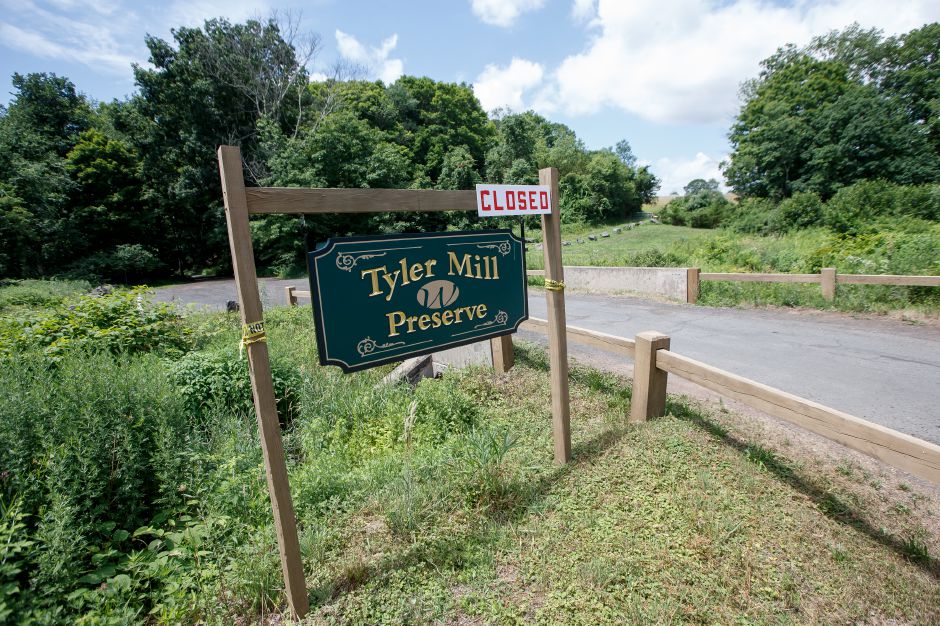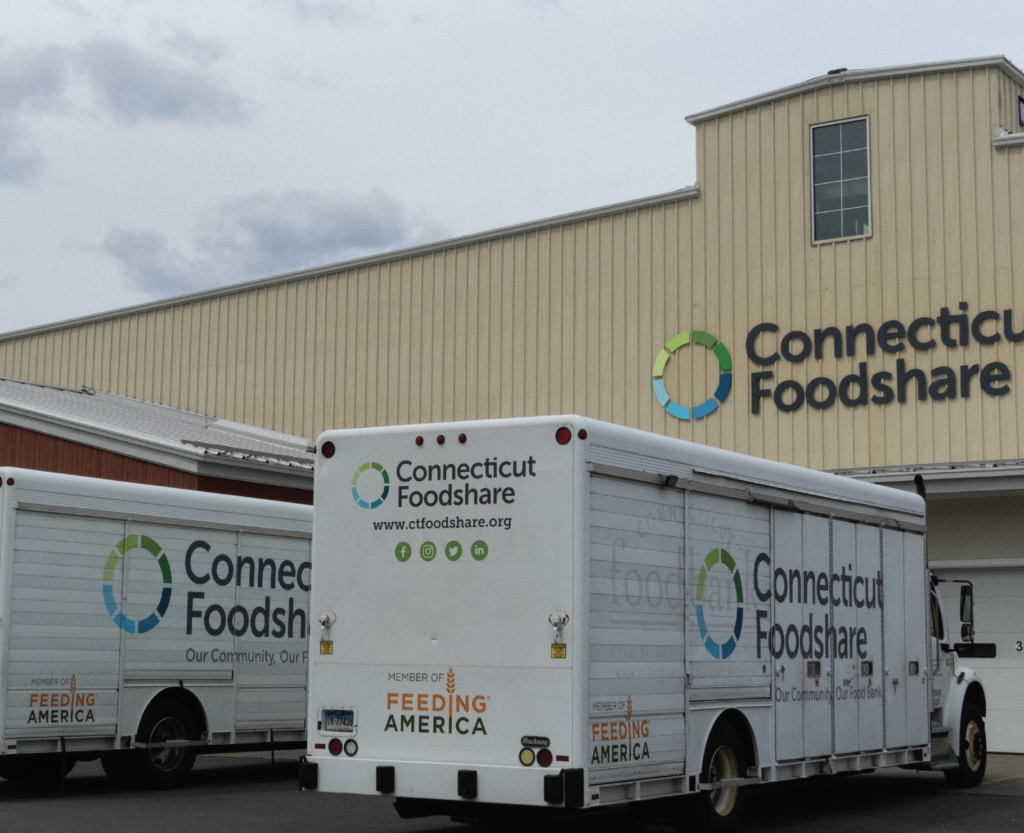
Photo Courtesy of My Record Journal
The Wallingford Conservation Commission is a public office dedicated to protecting the environment as well as enhancing the quality and community enjoyment of the town’s natural resources. Ms. Mary Heffornon, chairman of the Wallingford Conservation Commission, explained that the primary duty of the committee is to “explore possible properties for purchase by the town.” In recent years, the Commission has had to adjust its focus because “there hasn’t been a lot of money available to purchase properties.”
The farmland leasing program is one of the largest and longest-running conservation and management programs; it aims to support local farming economies. As part of the Conservation Commission’s open space portfolio, 37 farm fields — ranging in size from 1.5 to 93 acres — are available to be rented to Wallingford farmers for a low fee. The program keeps “the farmers in business because they use the land to grow hay for animal feeding and fruits and vegetables for locally grown sale,” said Ms. Heffernon. The portfolio is also essential for conservation, as the farmers “help keep these properties that they are leasing from reverting to forest.”
Another focus of the Commission is managing the town’s current open space properties, such as numerous recreational trails, parks, and farms. In addition to regular maintenance like erosion control, policing illegal activities on public property, and other issues that affect open space properties, the Conservation Commission must also restore their properties after any environmental disasters. “We had that microburst in May 2018 that came through in a swath 600 feet wide and did a lot of damage,” said Ms. Erin O’Hare, the Commission’s environmental planner. The microburst, which is a downdraft in a thunderstorm, damaged more than 600 trees in Wallingford’s largest open space property, the Tyler Mill Preserve, so the Conservation Commission had to terminate park use for safety reasons.
Recently, the Conservation Commission led a town-wide program on vehicle idling to improve the environment. Ms. Heffernon, who led the program, explained its purpose, “There’s actually an ordinance in the state where you’re not supposed to run your vehicle for more than 3 minutes if you’re not driving it, so people need to know that, and I would like to see people abide by it.” The Commission worked with school systems by putting up no-idling signs and sending out information on the town-wide electric bills which everybody receives.
Wallingford has also been battling invasive plant species colonizing open space properties and are pushing out the native plants. Environmental groups like the Commercial Paper Issuers Working Group (CPIWG) have been doing training to teach everyday people how to clear out various types of invasive species. Connecticut certifies pesticide use for licensed applicants, who must adhere to stringent guidelines and protocols. Resultantly the Conservation Commision hired these services to treat the invasive species. However, the department is currently investigating non-chemical methods to resolve the issue due to research that shows the adverse effects of pesticides. According to Ms. O’Hare, the challenge is that “you can find 20 companies that will do the work with chemicals, but it’s very difficult to find any companies that will do it by mechanical needs — in other words, pull the plants out.”
Additionally, the Conservation Commission is also working on numerous new projects for animal protection. Before the banning of the infamous insecticide DDT in the 1970s, osprey, a large fish-eating bird, nearly went extinct in the area because the chemical made their egg shells too thin to hatch. The Commission is currently constructing a 15 feet tall osprey platform near bodies of water, so the birds can come and nest on top of the poles. Similarly, the Commission is collaborating with its long-time partner, the Wallingford Parks and Recreation Department. Ms. Michelle Bjorkman, Superintendent of the Parks and Recreation department, explained the partnership “The Department somewhat oversees the Conservation Comm. They contact us to cut back trees, clear trails, use chainsaws etc.” Currently, the agencies are working to build a pollinator garden to ensure that hummingbirds, butterflies, and bees keep pollinating Wallingford vegetation for continued fruit and vegetable production. The Parks and Recreation Department is in the infant stages of this project. The Conservation Commission is making recommendations to us regarding the types of plantings they think would work best.”




